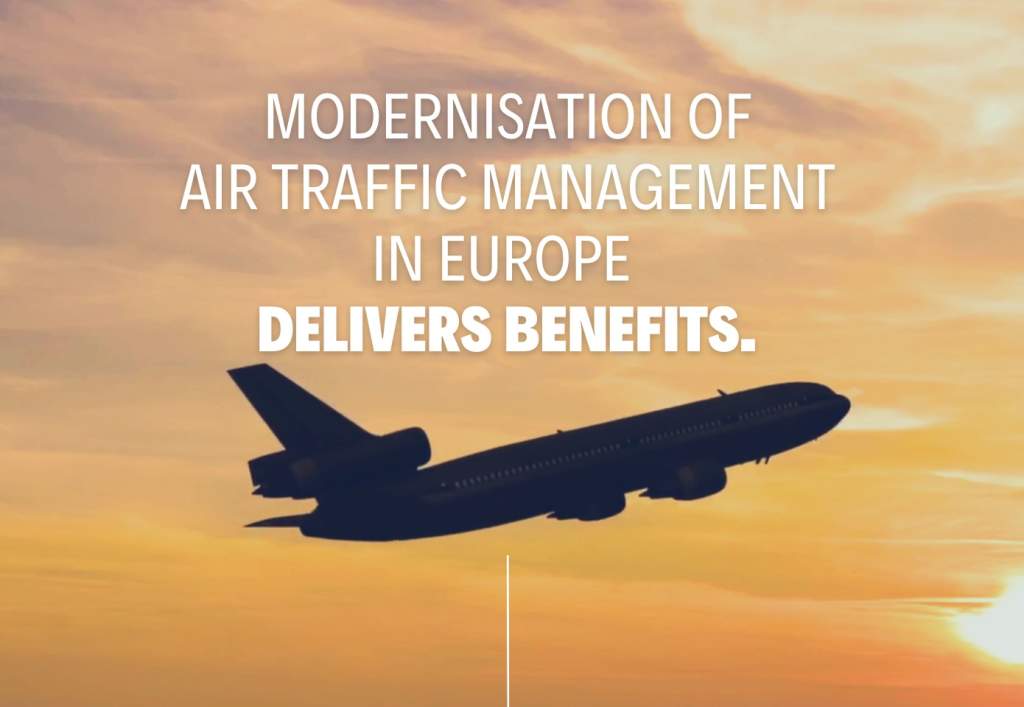

Discover 6 benefits of ATM modernisation through CP1 deployment
Did You Know That the deployment of Common Project One (CP1)* delivers many benefits to European Aviation?
Discover 6 of them here in detail or watch the video
1. Enhanced Safety: CP1 aims to enhance safety in European airspace and in the major European Airports by implementing new technologies and procedures. It introduces advanced surveillance systems, such as ground safety nets and trajectory information sharing technologies, which provide more accurate and real-time aircraft position information to air traffic controllers. This improves situational awareness and enables timely intervention in potential conflicts, reducing the risk of accidents.
2. Increased Capacity: CP1 addresses the challenge of increasing air traffic demand by optimizing the use of airspace and airport capacity. It implements new procedures, such as dynamic sectorization and improved coordination, allowing for more efficient and flexible routing of aircraft. By maximizing the use of available airspace and reducing congestion at major hubs, CP1 helps to accommodate the growing number of flights without compromising safety.
3. Reduced Delays: By improving airspace capacity and implementing more efficient procedures, CP1 aims to reduce delays for airlines and passengers. The optimized routing and improved coordination enable smoother and more direct flight paths, minimizing unnecessary diversions or circuitous routes. This results in shorter flight times, reduced fuel consumption, and fewer delays, improving the overall efficiency of air travel.
4. Lower Environmental Impact: CP1 supports sustainability goals by reducing the environmental impact of aviation. Through optimized flight paths and more efficient routing, aircraft can fly shorter distances and consume less fuel, leading to reduced greenhouse gas emissions and lower carbon footprint.
5. Cost Efficiency: The implementation of CP1 brings cost benefits for airlines and air traffic management stakeholders. The optimized routing and reduced delays lead to fuel savings, lowering operating costs for airlines. Additionally, the improved efficiency and increased capacity of airspace utilization result in better resource management and reduced infrastructure costs for air traffic management organizations.
6. Harmonization and Integration: CP1 fosters harmonization and integration of air traffic management systems across Europe. By establishing common procedures, standards, and technologies, it promotes seamless operations and interoperability among different airspace users and countries. This harmonization enhances the overall efficiency, safety, and effectiveness of air traffic management in the European airspace.
*Common Project One or CP1 is a European regulation that sets out essential requirements for the implementation of air traffic management (ATM) functionalities to enhance the performance of the European aviation system. It is part of the Single European Sky initiative, aiming to improve air traffic management across Europe by harmonizing and modernizing the air navigation system, thus increasing safety, efficiency, and capacity, while minimizing environmental impacts. CP1 specifically identifies key technologies and procedures for deployment to ensure interoperability and consistency among EU Member States.